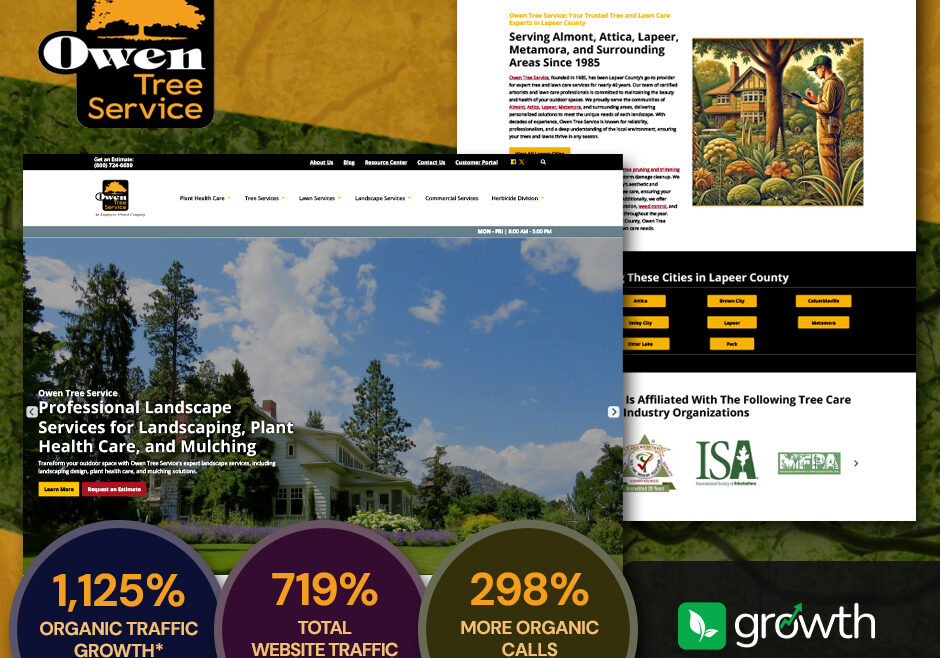4 Essential KPIs for Field Service Companies and How to Track Them


Because most of the work done in field service companies is offsite, it is often more complicated to keep a pulse on the efficacy of your business. This makes it important to establish KPIs that help you better track how your business is performing.
In this article, we discuss 4 important field service KPIs and how to track them.
4 Field Service Company KPIs & How to Track Them
Although many business owners’ instinct is to focus on tracking profitability (job revenue vs. total job cost), this metric is only an overarching indicator that something is (or is not) going right in your company. While this is a fine general KPI, you’ll have more success with a more fine-tuned and balanced approach to business reporting. This will help you not only track profitability, but also be able to identify which operations may or may not contribute to business success.
1 – Customer Satisfaction Rate (CSAT)
One of the first KPIs you should be tracking in your field service company is your customer satisfaction rates. Your customer satisfaction rate is important because it is directly linked to how likely a client is to continue using your services as well as how willing they will be to refer your business to friends or family. This means a greater customer base, better season-to-season stability, and decreased customer acquisition costs.
According to a study by Aberdeen Group, 68% of service business owners rate customer satisfaction as the most important KPI in their business success. This study also stated that best-in-class businesses are 56% more likely to actively seek customer feedback than other service businesses.
Track the following:
- Overall customer satisfaction
- Perceived quality of the work performed
- Perceived timeliness of service
- Likelihood of using your company again
- Likelihood of recommending your company to a friend
How to Track Customer Satisfaction: Although it’s one of the most important KPIs in a field service business, customer satisfaction is also one of the more time-consuming to track. Automated email marketing and texting can help you automatically send customer feedback surveys or questionnaires after service has been completed.
2 – Routing Efficiency Rates
As a field service company, the time your crews take driving between jobs has a large impact on the profitability of your teams as this is time is considered an expense, not a revenue-generator. By minimizing travel times and creating more efficient routing, service teams can handle more work orders while also lowering their cost-per-job.
Track the following:
- Average travel time: Average time it takes to travel between job sites
- Travel distance: The number of miles your crews spend driving
- Travel time to job time: Ratio of the amount of travel time compared to job time
- Total travel costs: Calculate fuel costs, maintenance, and vehicle wear and tear. This works best when you can calculate an average cost-per-mile that you can associate with each job to help determine job profitability.
How to Track Routing Efficiency: One of the best ways to track routing efficiency is to use a field service software that includes a mobile app with GPS. This is especially true if the software has a route efficiency planning feature that establishes the best order of and route between jobs. Without an automated tracking feature, businesses can establish a paper trail, but these can be significantly less accurate.
3 – Work Orders to Completed Jobs to Invoiced Jobs
Another important KPI in field service companies is comparing work orders to completed jobs and completed jobs to invoiced jobs. You may also include invoiced jobs to completed jobs if you take prepayment.
These numbers help you determine not only your ability to close out jobs within a reasonable timeframe but also your company’s ability to get them paid. Having high accounts receivable can be a hindrance to your cash flow—not to mention the more time has passed since the invoice date, the less likely you are to attain payment. This KPI will give you an idea of whether anything in your processes needs to be changed or updated.
Track the following:
- Number of open work orders
- Closed work orders compared to invoiced jobs
- Number of open invoices compared to closed work orders
- Open invoices compared to paid invoices
How to Track Work Orders, Completed Jobs, & Invoiced Jobs: The right field service management software should track these KPIs automatically for you. However, if you use spreadsheets and accounting software such as QuickBooks, you should still be able to create these reports—it just may take more manual number-crunching.
4 – Field Technician Utilization Rates
Tracking your field technician utilization rate is another important KPI for a field services company. This refers to the number of actual working hours compared to “on-the-clock” hours. While no business owner wants to work his or her employees into the ground, it’s important to know how many hours per day a field technician is participating in work that drives revenue and how many hours are a job-related expense (such as travel time, idle time, or time acquiring supplies or equipment).
Track the following:
- Clock-in/clock-out hours
- Job start-time/stop-time
- Travel time
- Idle time
- Time acquiring supplies or equipment
How to Track Field Technician Utilization: This is another KPI that can become inaccurate if it relies on paper tracking or other self-monitored tracking methods. Instead, a company can benefit from having a mobile crew app with GPS that tracks travel and allows crew members to start and stop jobs with the click of a button.
How Can We Help?
Arborgold software and mobile apps help field service businesses easily improve their tracking, scheduling, reporting, and more to improve business health. Learn more about how Arborgold can make a difference in your business by taking a tour today.
Share this resource



